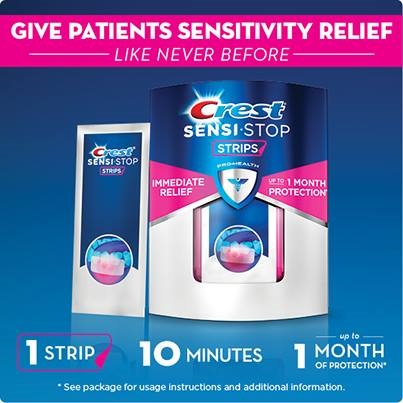 If you have ever suffered from a toothache, you know how excruciating the pain can be. Tooth pain is usually caused by irritation to the nerves in the roots of the teeth, although there are other potential sources of the pain as well. Fortunately, there are ways to both prevent and resolve a toothache, regardless of its cause.
If you have ever suffered from a toothache, you know how excruciating the pain can be. Tooth pain is usually caused by irritation to the nerves in the roots of the teeth, although there are other potential sources of the pain as well. Fortunately, there are ways to both prevent and resolve a toothache, regardless of its cause.
Causes of Tooth Pain
Some of the most common causes of tooth pain include:
1) Tooth Decay – Also known as cavities, tooth decay occurs when bacteria erodes the enamel of the tooth, which can eventually expose the nerve. This is the most common cause of tooth pain.
2) Gum Disease – Also known as periodontal disease, occurs when bacteria populate along and below the gum line.
3) Injury – An injury can include a small chip or a large break in the tooth.
4) Impaction – Teeth often become impacted beneath the surface of the gums. This condition is most common in molars, such as the wisdom teeth. An impacted tooth may cause no pain at all, or it could become extremely painful if it begins to affect the nerves and teeth around it.
Pain Resolution
Determining the source of your pain starts with a trip to the dentist. Usually, your dentist will conduct a thorough examination that may include X-rays. If your X-rays or examination reveal tooth decay, the solution may involve a simple filling, a root canal or even a tooth extraction. Your dentist will decide which option is best for you based on how advanced the tooth decay is, as well whether an infection is present within the tooth.
If, however, gum disease is causing your tooth pain, the solution may be as simple as a root planing and scaling, followed by administration of oral or topical antibiotics to kill the bacteria causing your symptoms. If you have a cracked, chipped or broken tooth, your dentist may resolve your pain by either filling the crack, or covering the tooth with a crown designed to prevent bacteria from entering the tooth.
If your dental X-rays reveal that you have an impacted tooth, you will most likely need to have it extracted to avoid causing damage or misalignment to the other teeth. Impacted teeth can also become infected, which is why it is important to remove impacted teeth before they begin to cause problems.
Prevention
Although there are ways of treating a toothache, the best way to treat it is by preventing it altogether. Some causes of tooth pain are not preventable, such as an impacted tooth or a predisposition to tooth sensitivity. However, tooth decay and gum disease are easily prevented by using good hygienic practices at home and visiting your dentist for regular examinations and cleanings. By brushing your teeth twice a day and flossing, as well as wearing protective mouthguards when participating in high impact activities, you can significantly decrease your chances of developing tooth pain in the future.




 Website Powered by Sesame 24-7™
Website Powered by Sesame 24-7™